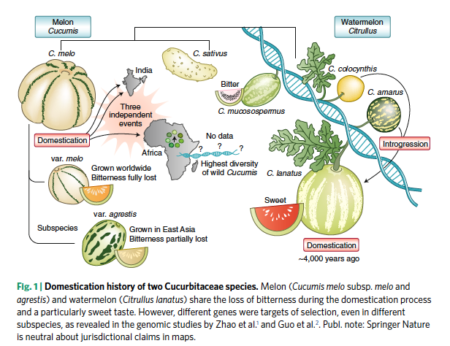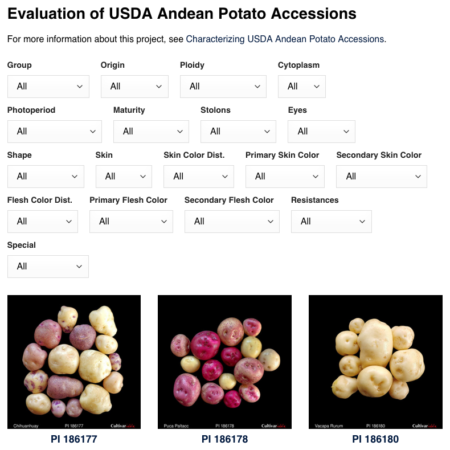Our friend Ola Westengen has a new book out on Routledge: Farmers and Plant Breeding – Current Approaches and Perspectives. Thought you might like to read the foreword a colleague and I wrote for it. The whole book is available in PDF.
Should plant breeders collaborate with farmers? On one level, the answer seems obvious: why not – what do they have to lose? After all, plant breeders are there to help farmers, to make their lives easier. Surely it makes sense for them to ask farmers what their problems are, and to work together to solve them, if only on the principle that two heads are better than one. And who could know crop diversity better than the farmers who rely on it for their livelihoods, if not their very lives?
On another level, however, the response might well be less positive. For many breeders, working closely with farmers introduces into their beloved breeder’s equation an extra, unwelcome, unpredictable factor. Which farmers? Old or young? Female or male? Where? When? In what language? What happens if farmers disagree? What happens if I disagree with them? It all sounds suspiciously like social science. Plant breeding is difficult enough already.
But we do these things not because they are easy, but because they are hard – isn’t that so? In fact, there is an irrefutable case to be made for some form of farmer involvement in the plant breeding process. Name an industry which does not at the very least consult its customers at some point. The real question – as Ola Westengen and Tone Winge point out in their introductory chapter to this landmark tenth volume in the Routledge series Issues in Agricultural Biodiversity – is not so much if, but how.
There are indeed many ways for farmers to work together with breeders to their mutual advantage, as shown in the contributions to this book. It is particularly poignant to note that one of the most successful models is one with which the late Dr Bhuwon Sthapit was closely involved for many years. Bhuwon sadly passed away before seeing this volume, including his own contribution, in print. He would have been proud that the pioneering efforts in Nepal are so prominently included, not as a curiosity or outlier, but as one of many examples from all around the world.
From the very beginning, Bhuwon recognized the importance of having the right policies and legislation in place to complement innovative technical solutions and partnerships. Therefore, he would also have been gratified to read of the progress that has been made, at national and international levels, in developing an enabling, albeit not always directly supportive, environment for collaboration between farmers and breeders.
For our part, we are encouraged to note how genebanks are recognized as key facilitators of that collaboration. We are tempted to say that they have a foot in both camps. But it is perhaps more accurate to say that both farmers and breeders have a foot in genebanks – or they should have. However, that is perhaps another story.
As is almost inevitable with books of this type, the take-home message is that, despite the considerable progress described here, much remains to be done. While increased productivity is still an important aim of plant breeding, it has been joined on the development altar, and quite rightly so, by the imperatives of sustainability and, crucially, of empowerment – and gender-sensitive empowerment at that. It is hard to see how these can be achieved unless farmers are at the centre of the plant breeding process.
Indeed, there are many challenges ahead. Much may go wrong. But in this book we have an important guide, for the converted and the sceptics alike. And the alternative to the vision set out in this book is that everybody loses.

